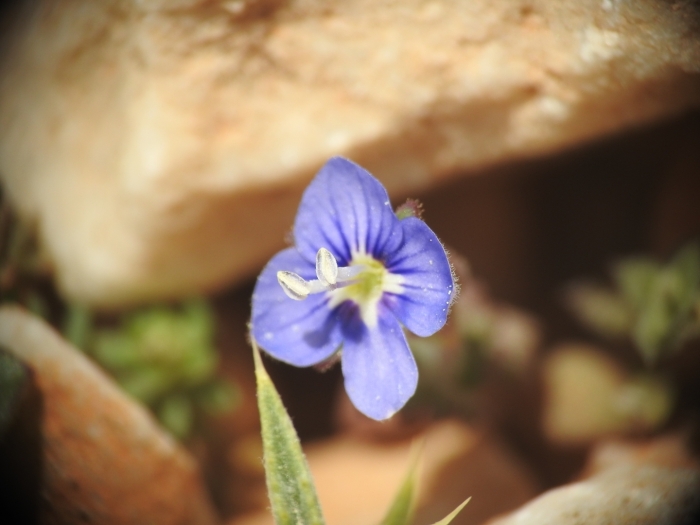Gray Veronica
(Veronica glauca)
Gray Veronica (Veronica glauca)
/
/

Yves Bas
CC BY 4.0
Image By:
Yves Bas
Recorded By:
Copyright:
CC BY 4.0
Copyright Notice:
Photo by: Yves Bas | License Type: CC BY 4.0 | License URL: http://creativecommons.org/licenses/by/4.0/ | Rights Holder: Yves Bas | Publisher: iNaturalist | Date Created: 2022-05-07T09:44:42Z |











Estimated Native Range
Summary
Veronica glauca, commonly known as Gray Veronica or Glauca Veronica, is a perennial herb native to the Balkan Peninsula, where itthrives in a variety of habitats including meadows, grassy slopes, and open woodlands. It typically grows at a moderate rate to a height and width of 1.5-2.5 feet (0.46-0.8 meters), forming a clump of grayish-green foliage. The plant is characterized by its lance-shaped leaves and erect flowering stems. During the summer months, it produces small, tubular blue flowers that are arranged in elongated racemes, adding a splash of color to the garden.
Gray Veronica is valued for its ease of maintenance and the charming blue flowers that attract pollinators such as bees and butterflies. It is often used in border plantings, rock gardens, and as ground cover due to its spreading habit. This plant prefers full sun to part shade and adapts well to medium draining loam or clay soils. It requires medium amounts of water, making it relatively drought-tolerant once established. While it is not known for serious pest or disease problems, powdery mildew and rust can occasionally affect the foliage. To maintain a neat appearance and encourage reblooming, deadheading spent flowers is recommended.CC BY-SA 4.0
Gray Veronica is valued for its ease of maintenance and the charming blue flowers that attract pollinators such as bees and butterflies. It is often used in border plantings, rock gardens, and as ground cover due to its spreading habit. This plant prefers full sun to part shade and adapts well to medium draining loam or clay soils. It requires medium amounts of water, making it relatively drought-tolerant once established. While it is not known for serious pest or disease problems, powdery mildew and rust can occasionally affect the foliage. To maintain a neat appearance and encourage reblooming, deadheading spent flowers is recommended.CC BY-SA 4.0
Plant Description
- Plant Type: Herb
- Height: 1.5-2.5 feet
- Width: 1.5-2.5 feet
- Growth Rate: Moderate
- Flower Color: Blue
- Flowering Season: Summer
- Leaf Retention: Deciduous
Growth Requirements
- Sun: Full Sun, Part Shade
- Water: Medium
- Drainage: Medium
Common Uses
Border Plant, Butterfly Garden, Low Maintenance, Rock Garden
Natural Habitat
native to the Balkan Peninsula, where itthrives in a variety of habitats including meadows, grassy slopes, and open woodlands
Other Names
Common Names: Glauca Veronica
Scientific Names: , Veronica glauca, Veronica amoena, Veronica amoena, Veronica glauca, Veronica glauca,
GBIF Accepted Name: